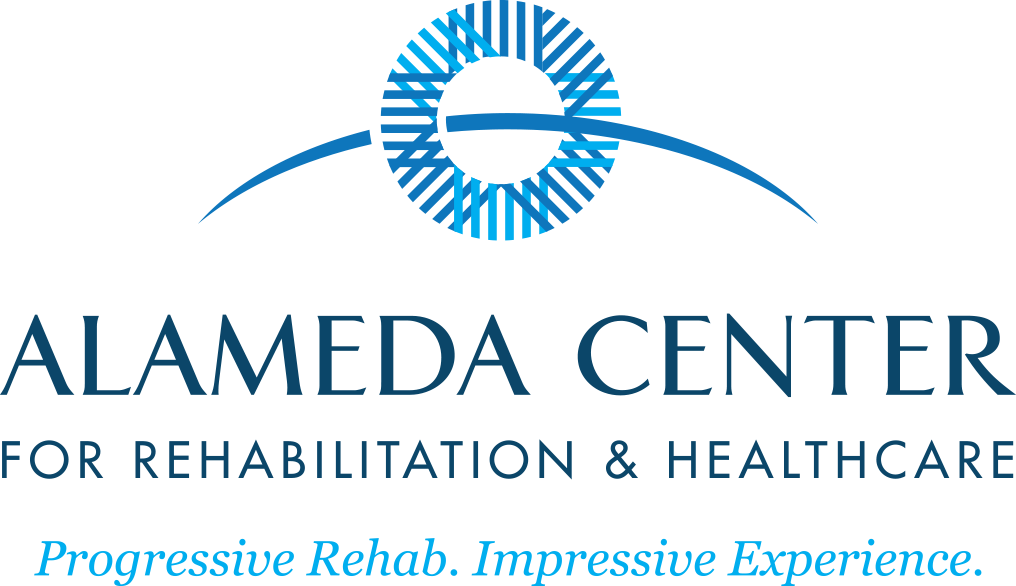Staying on Top of Medicaid Regulations
Medicaid regulations change fairly often, and it can be pretty challenging for beneficiaries to keep up with them. While the Medicaid web site has all of the information, it can be difficult to navigate, and the people who the program targets, the lowest incomes people in the US, might have difficulty attaining access or understanding the information provided about Medicaid regulations.
Facts about Medicaid regulations
- While Medicaid is mainly a health coverage plan for low income individuals, it has been expanded to include special assistance to people with disabilities pregnant women, and children.
- The Federal government works together with the individual states to operate the program, providing the bulk of the funds while operating though state agencies.
- Some of the policies are optional, and different states therefore offer different Medicaid programs. People with the same income level and other factors will be or not eligible for Medicaid or some of its programs depending on the state in which they’re living.
- Some programs have an opt-in program for people who have disabilities and are working.
- CHIP is a program that covers children who are above the cutoff for Medicaid eligibility.
- There can be no premium charges for beneficiaries who are at less than 150% of the federal poverty level.
- Out of pocket costs are limited to 5% of the beneficiary’s family income.
- Medicaid beneficiaries have the option to enroll in private managed care plans. Some of these work through comprehensive coverage plans while other work with a fee for service program.
While Medicaid is a program aimed at low income individuals, the vast majority of its funding goes toward the elderly
What ACA has added to Medicaid
The Affordable Care Act, enacted in 2010, made sweeping changes to the Medicaid program. It raised the minimum for non-elderly adults to be eligible for the program to 138% of the federal poverty level, which is currently $17,236 for an individual. However, states have the option for adding in this “Medicaid expansion,” and right now, there are 14 states that have not adopted the measure.
The ACA covers “essentail health benefits” such as preventive services, greater mental health coverage, and services for substance abuse treatment.
Other optional services
Aside from the Medicaid expansion under the ACA, there are various programs that are optional for states to offer. Some of these include:
- prescription drug programs
- physical therapy
- free eyeglasses
- free or subsidized dental care
Long term care
There are several long term care options that the program pays for depending on the patient’s level of need and income bracket. They support individuals staying at home and living independently through home and community based services (HCBS) and they also support institutional care at skilled nursing facilities such as the Alameda Center in Essex County, New Jersey. long term care at skilled nursing facilities account for about 43% of Medicaid expenditures for long term care, a huge change from only two decades ago, when institutional care accounted for 82% of Medicaid expenditures on long term care.
The Alameda Center works with Medicaid to provide excellent service to patients on the program. Speak to one of our representatives to see how we can give you the care that you need, whether your needs are short term or long term.
